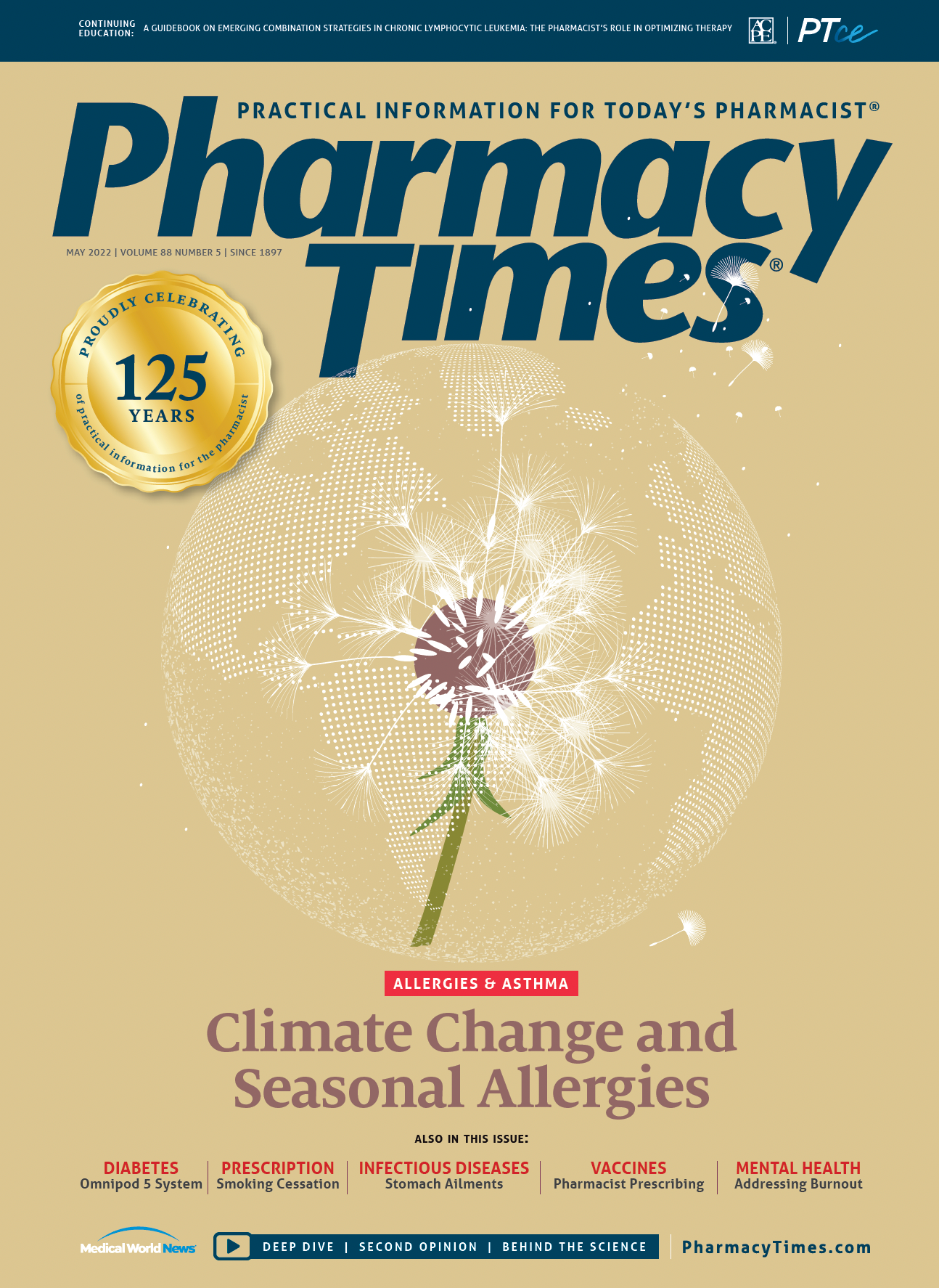Publication
Article
Pharmacy Times
What Is the Future of Brand-Name Dispensing?
Community pharmacies may become generics-only dispensers unless manufacturers rethink the bifurcation of prescription drugs.
Although fewer than 2% of the US population use specialty drugs, those prescriptions account for 51% of total pharmacy spending.1
Branded, nonspecialty drugs will comprise approximately 8% of the total and nearly 30% of the nation’s pharmacy spending.1 Elementary math then leads us to believe that 90% of the nation’s fills are now just 20% of the cost.1 If these trends continue, within 5 years, 5% of fills will be specialty and specialty “lite” and comprise 85% of the nation’s medication spending,1 and filling “branded” medications at the corner pharmacy may never happen again.
I asked an independent pharmacy owner with whom I work closely to run the percentage of his fills that reimbursed for less than $20 in 2021. His answer: “More than 80%.” In addition, he said, he loses money on many brand fills. Then I asked, “Do you anticipate a time when you fill only generic medications?” He replied, “I’m not sure third-party coverage is going to be relevant for most community pharmacies in 5 to 7 years” unless a new model emerges.
More Expensive and Special but Not Necessarily Complex
As the cost of the average generic prescription has leveled off and even fallen in recent years, list prices for brands have risen alongside rebate amounts. The larger the rebate, the larger the stakes for the stakeholders and the more motivation to influence how, when, where, and by whom a particular medication is received, filled, and delivered.
Specialty pharmacy became a term of art when the first nonsmall molecule therapeutics emerged in the marketplace. Having moderate to severe asthma, I remember vividly omalizumab (Xolair) coming to market in 2003 when I was in college. From the esoteric to the mainstream, specialty pharmacy products grew in number but not necessarily complexity, certainly more than clozapine, coumadin, isotretinoin for acne, and other therapies requiring extra attention and monitoring. In fact, many “specialty” medications are simpler to administer with fewer condition and drug interactions and less care complexity than their aging therapeutic rivals.
Specialty Lite Amid an Identity Crisis
Advances and approvals from the awe-inspiring gene therapies and mRNA to the more conventional small molecule drug combinations have grown steadily over the past few decades, and a subcategory bifurcation is now upon us within the brand segment: products that are expensive (“lite”) and those that are really expensive (“not lite”). Special care is certainly needed for many of the medications costing up to $100,000 a year, including laboratory monitoring, special handling, care coordination, and other health care services.
Yet, for most of the lite products with list prices of approximately $400 to $1500 per month, conventional dispensing and an emphasis on patient adherence from a community pharmacy are all that is necessary to achieve identical or better outcomes than a specialty pharmacy that is not community based.2,3 The only special features of these branded products are the list price cost and associated complexity of administration of third-party coverage alongside manufacturer direct or to wholesaler arrangements for distribution. At most, a lite call center that preprocesses prescriptions for third-party coverage and co-pay assistance—or a lite hub where 1 pharmacy in an area maintains administrative expertise and shelf space—may be all that is necessary.
If these cost thresholds hold, nearly every branded product will become categorized formally or informally as specialty, and when that happens, community pharmacies may be hard-pressed to put more than a few or even any branded drugs on their shelves. This loss of accessibility and convenience are not without potential long-term consequences for manufacturers, who would then be relegated to an entirely different system of care delivery and distribution. Prescribers, particularly general practitioners, may avoid branded products even more reflexively than they do now, having to choose the dispensing channel and system of care based on each individual patient’s third-party coverage.
Vertical Integration Complications
For government plans and employers, the 2 largest purchasers of health care, the loss of branded products on the shelves may lead to even more dependence on rebates beyond the formulary into in-network service provider considerations and network adequacy workarounds. Could manufacturers and purchasers find themselves channeling within-category products and members to specific prescribers, pharmacies, and delivery systems? Will that look like other coverage-provider systems, such as Kaiser Permanente, the US military care system, and the Veterans Health Administration? If so, manufacturers may find themselves positioned for coverage and marketplace entry similar to what is found in other countries but with more severe discounts because of rebates. They will not be in a good negotiating position. Perhaps this is why the manufacturer-wholesaler list-to-net price gap after all rebate considerations keeps growing so rapidly.
Future of Blockbusters
Remember the days of Claritin, Lipitor, Neurontin, Plavix, Prilosec, and Prozac? These were “blockbuster” products found in any of the 60,000 or more pharmacies across the country, and they were marketed to the masses, each list pricing at approximately $100 to $300 per month. Unless branded product categorization, administration, distribution, and pricing schema with rebates trends are reversed, gone may be the days of widespread access and medications used by millions of Americans, prescribed by general practitioners, and dispensed by community-based pharmacies.
ABOUT THE AUTHOR
Troy Trygstad, PharmD, PhD, MBA, is the executive director of Community Pharmacy Enhanced Services Network (CPESN) USA, a clinically integrated network of more than 3500 paticipating pharmacies.
REFERENCES
1. Medicine use and spending in the U.S. IQVIA. May 9, 2019. Accessed May 4, 2022. https://www.iqvia.com/insights/the-iqvia-institute/reports/medicine-use-and-spending-in-the-us-a-review-of-2018-and-outlookto-2023
2. Specialty pharmacy “lite”: an evolving fulfillment model. Corsica Life Sciences. May 16, 2019. Accessed May 4, 2022. http://www.corsicalifesciences.com/specialty-pharmacy-lite-evolving-fulfillmentmodel/
3. James D. Specialty lite model goes beyond improving adherence. PharmacyTimes.com. April 30, 2019. Accessed May 4, 2022. https://www.pharmacytimes.com/view/specialty-lite-model-goes-beyond-improvingadherence






